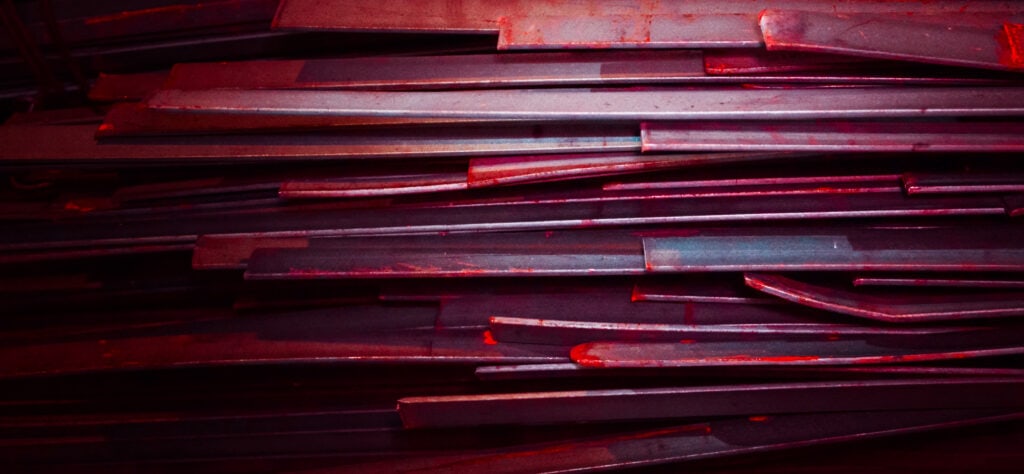
There are many grades, finishes, shapes, and specifications of steel available. In fact, there are currently more than 3,500 steel grades featuring unique properties, according to the World Steel Association. With so many options to choose from, steel can be used in many diverse applications, including appliances, building infrastructure, wind turbines, vehicles, and more.
The chemical and physical structure of steel materials are crucial when optimizing steel for specific applications, but the manufacturing process is equally important. Hot-rolled and cold-rolled steel undergo two different processes that can affect the structure of various steel products. It’s important to understand the difference between hot rolled vs. cold rolled steel to determine which is right for a particular application.
What Is the Difference Between Hot-Rolled Steel and Cold-Rolled Steel?
The key difference between hot-rolled and cold-rolled steel is the technique used to fabricate these metals. While hot rolling is a process that uses heat, cold rolling is completed at room or near-room temperature settings. These processes factor into the general performance of the final product and the designated application. However, they are not to be confused with specific grades and formal specifications of steel, which are associated with performance ratings and the steel’s metallurgical composition.
The different specifications and grades of steel, such as stainless steel, carbon steel, and others, can be either be hot- or cold-rolled, and the type you choose depends heavily on your specific application. Understanding the differences between hot- and cold-rolled steel is crucial in making the proper decision. By choosing the right type, you can avoid spending too much on raw materials while also saving time and money on additional processing.
Why Is Hot-Rolled Steel a Better Option Than Cold-Rolled Steel?
There are a few key advantages of hot-rolled steel over cold-rolled steel. Not only is hot rolled steel a more cost-effective option, but it also cools at room temperature, making it essentially normalized. This means it doesn’t have the internal stress that results from work hardening or quenching. Ultimately, if an application has more requirements around the strength of the material rather than its dimensional tolerances, hot-rolled steel is often the better choice.
It’s also more suitable for applications that don’t have strict surface finishing requirements. However, if surface finish is a key requirement, it’s possible to use acid-bath pickling, grinding, or sandblasting processes to eliminate scaling. Following the removal of scaling, you can apply certain mirror or brush finishes, along with surface coatings and paints.
Get Reliable Hot-Rolled Steel Products at McDonald Steel
Hot-rolled steel products are used for a wide range of applications across many industries, including automotive, construction, and railroad, among many others. If you require hot-rolled steel for your next project, McDonald Steel has more than 500 symmetrical and asymmetrical shapes available to meet the specifications of nearly every application. Our equipment and expert technicians allow us to create top-quality hot-rolled steel forms with exceptional shape control and reliable mechanical properties.
To learn more about our various offerings and how your application can benefit from them, contact us today.

